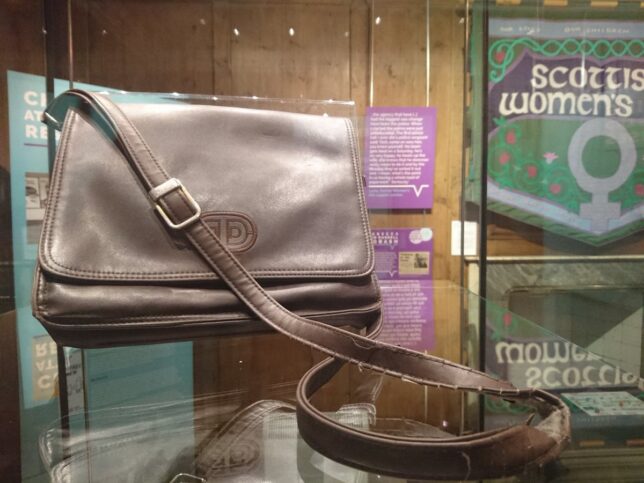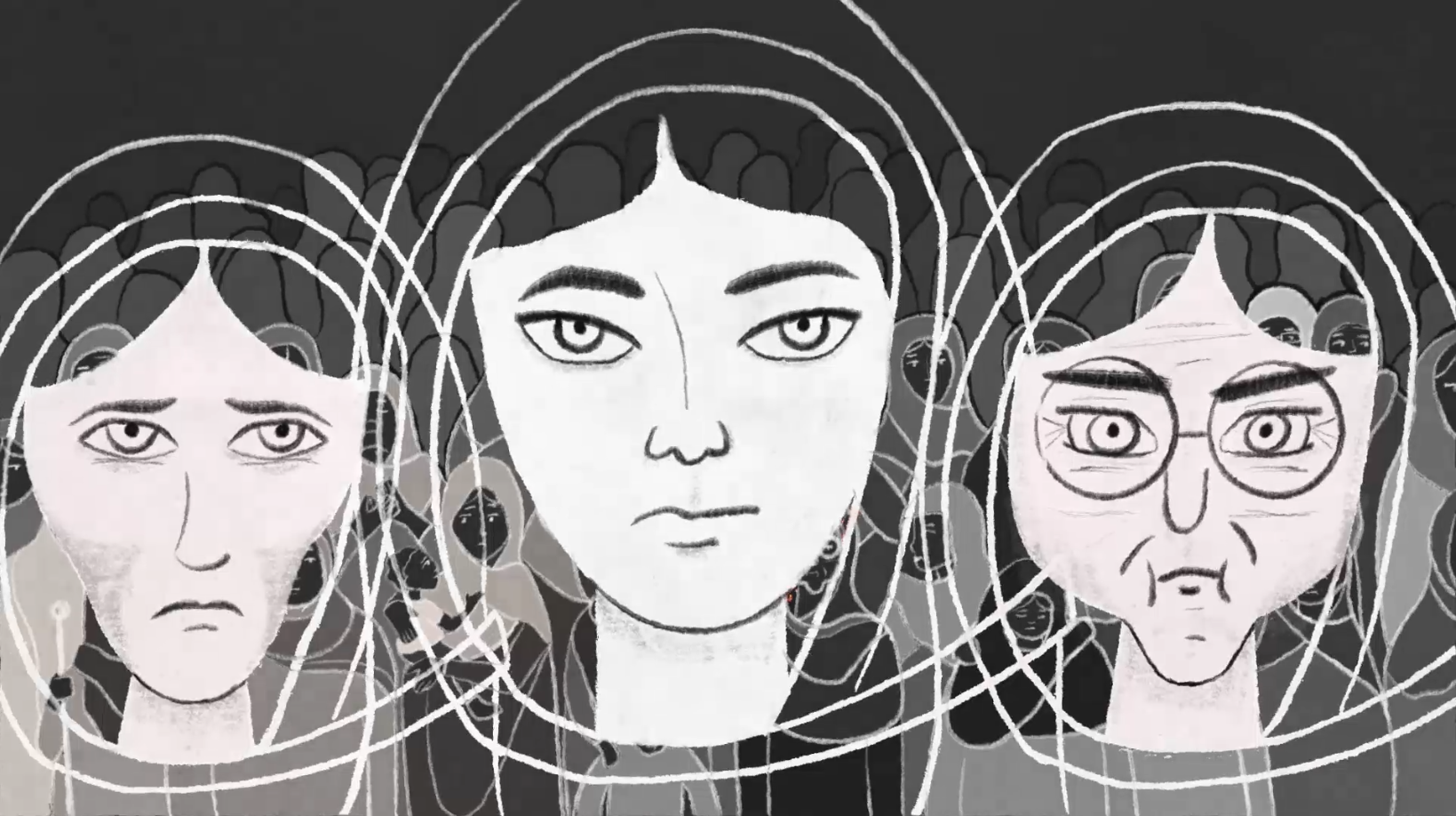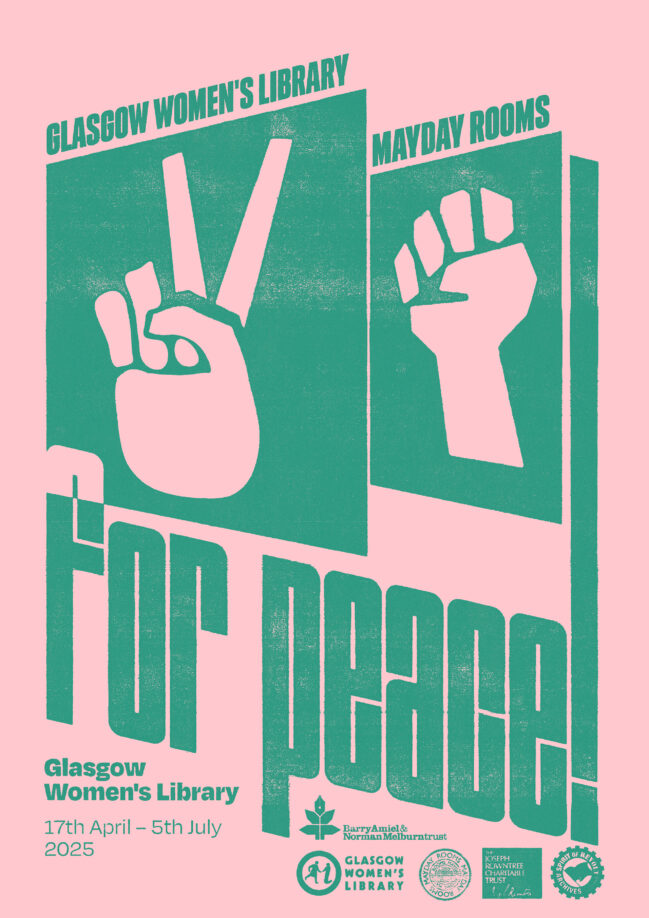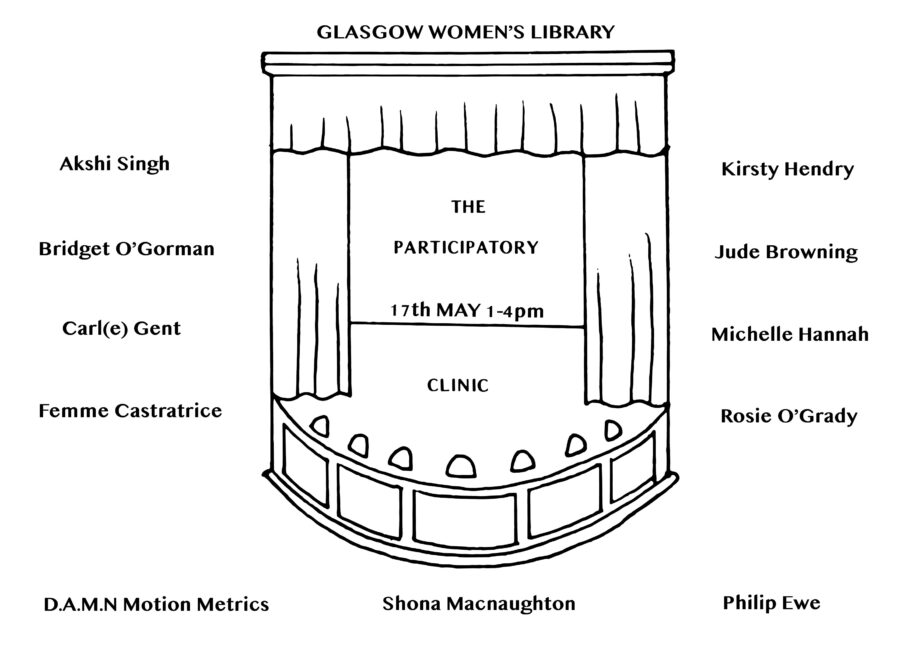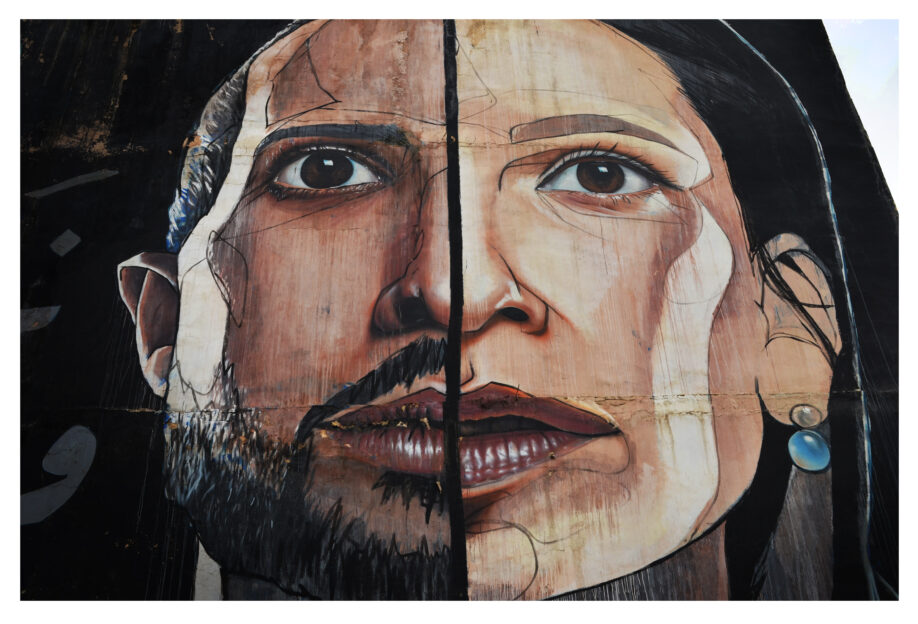In advance of the Speaking Out exhibition opening on 7 March at Inverness Museum and Art Gallery and the Highland Record Centre (the exhibition is being split over the two venues), research student Emma Forbes reviews the exhibition and encourages you to make time to go visit. All touring venues and dates are listed on our events page. Please check with individual venues for opening times.
________________________________________________________________________________________________
As a research student focusing on changes in the criminal justice response to domestic abuse and the impact on women going to court to give evidence, I was particularly excited to hear about the Speaking Out project which is reflecting on 40 years of Women’s Aid in Scotland. I went along to one of the lunchtime talks at the Glasgow Women’s Library because I was interested in the contribution Women’s Aid and the refuge movement have made to domestic abuse law and policy in Scotland over the last 40 years.
The talk inspired me to take a trip to the Museum of Edinburgh, on the Royal Mile, to visit the exhibition. I went on my own, purposeful with my notebook, ready to document the timeline of positive action and campaigning by this pioneering network; to collect facts and insights for my analysis … I wasn’t prepared for the exhibition at all.
In fact, the exhibition is focused on stories of individual women, rather than Scottish Women’s Aid itself. There was no chronology of their activism, no fanfare for their achievements. The exhibition – which has a homespun feel about it – is all about the women who have found sanctuary, safety, friendship and support in Women’s Aid groups around Scotland. It is about bravery, desperation and survival. It is honest, modest and humbling. There is no added gloss. Of course, the story of Women’s Aid is there and there is much to learn about the changes brought about by devolution; advances in the police response and the on-going attempts to shift attitudes. Yet Women’s Aid only plays a supporting role in the exhibition, in so far as it tells the stories of individual women: stories of founders; stories of workers; stories of those who fled violence. And, yes, sometimes that can be all one person. This is at the heart of the organisational ethos and at the heart of the way this exhibition has been curated: Women helping women helping women.
The most striking exhibit is a handbag: a very ordinary brown handbag. It was loaned by a woman who fled her home, seeking refuge. She left carrying her handbag in one hand and her child in the other. As a mother of two young children, I know how much kit I have crammed into a pram bag and my handbag just to go to the park for an hour. An overnight away is a military operation, involving at least a week of planning (a change of clothes for each day plus a spare; comics or colouring books for the journey; favourite toys; bedtime teddies and enough snacks to feed a nursery class). This woman left her home forever with just her handbag and her child. Looking at the handbag and the desperate bravery it implies, it is a powerful symbol, which women will universally relate to: there is no escaping the horror of her reality.
This is not an exhibition to march into with a notebook and an agenda: it is a place for quiet reflection, because if you’re not quiet, you won’t hear the voices of the women who are speaking out.
________________________________________________________________________________________________
Emma Forbes is a PhD student within the Scottish Centre for Crime and Justice Research at the University of Glasgow. Her research examines the court response to domestic abuse and how it could be improved to better help women who have experienced abuse. She is interviewing support workers, advocacy workers and women who have been through the court process. If you would be happy to talk to Emma about your experience, you can contact her at: e.forbes.3@research.gla.ac.uk

